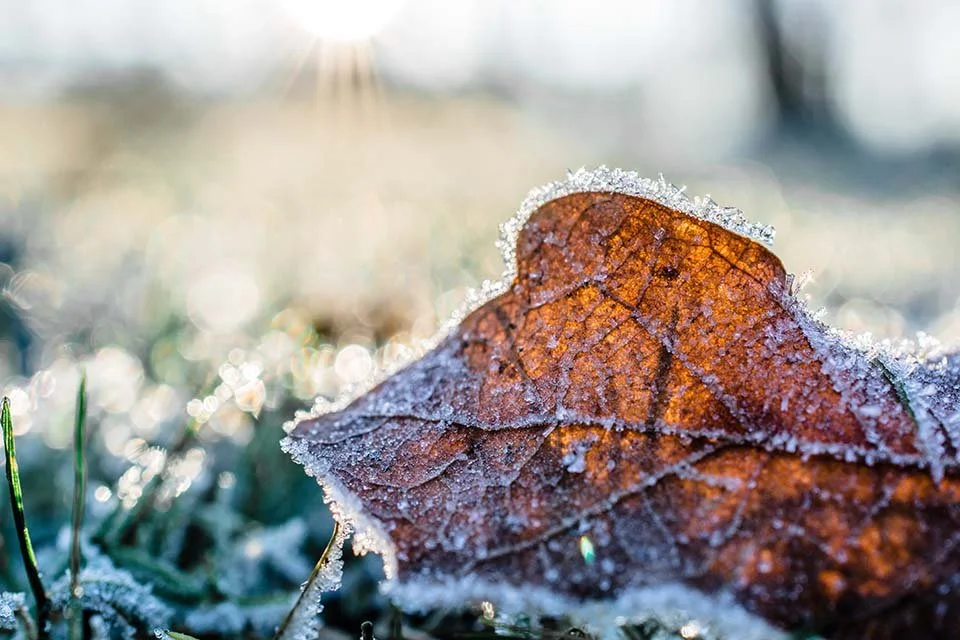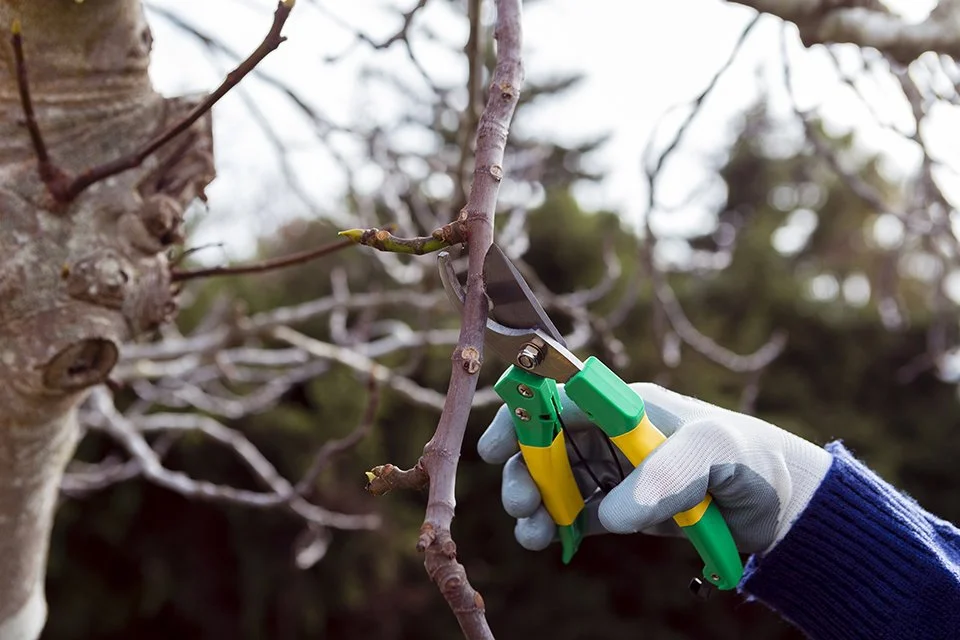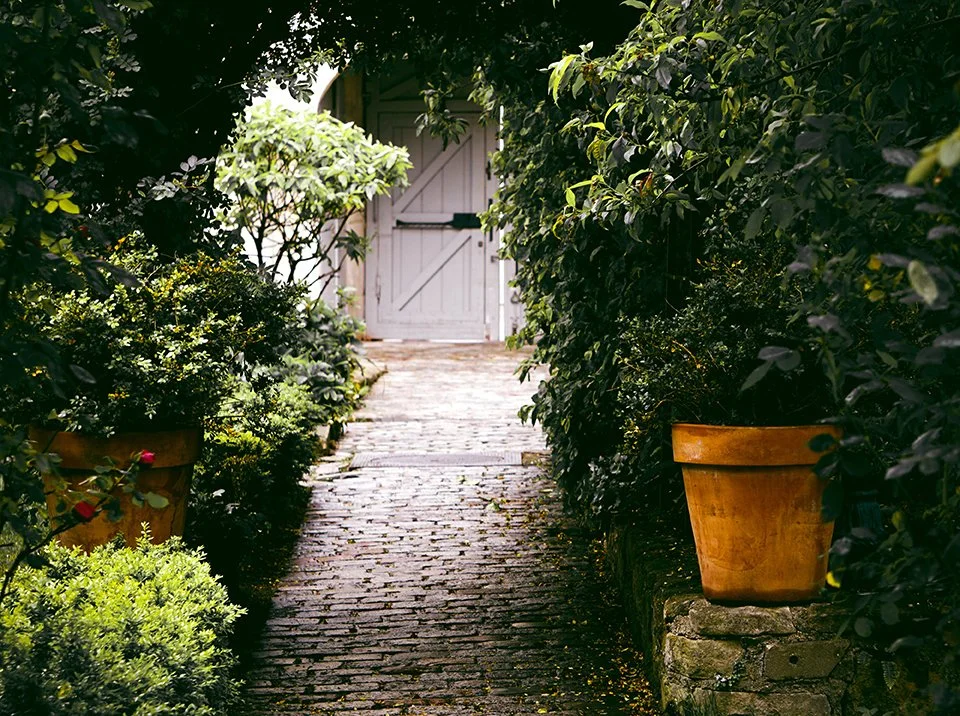Embrace the Chill: Winter Jobs in the Garden to Keep You Busy
As winter wraps its icy fingers around the garden, many might assume that it's time to hang up the gloves and retreat indoors. However, seasoned gardeners know that there's a wealth of opportunities to stay active and enhance the garden's health during the colder months. Let's dive into some rewarding winter jobs that will not only keep you warm but also set the stage for a thriving garden come spring.
Composting Chronicles:
Building, Turning, and Mulching
Winter is the perfect time to dive into composting projects. Read more below about the techniques we implement in our own gardens to ensure they thrive for the busy year ahead.
1) Leaf Mould Pens and Collecting Leaves
Building leaf mould pens and collecting leaves in your garden isn't just a seasonal cleanup; it's a symbiotic act that creates a haven for beneficial organisms. These pens serve as sanctuaries for decomposers like earthworms, bacteria, and fungi, fostering a thriving ecosystem beneath the surface. As leaves break down, they provide a rich source of organic matter, enhancing soil structure and nutrient content. This microcosm of life not only aids in natural recycling but also contributes to the overall health of your garden, ensuring a nutrient-rich foundation for your plants to flourish in the seasons to come.
2) The 3 Bay Composting System
This structured approach provides a designated space for composting, optimising the decomposition process. The three bays allow for a systematic rotation, ensuring aeration as you turn the compost. Aeration, is a key factor in successful composting, it promotes the activity of oxygen-dependent microorganisms, accelerating the breakdown of organic matter.
3) Investing in a Shedder or Chipper
Shredding or chipping garden waste for composting is a game-changer in nurturing a nutrient-rich soil environment. This process transforms bulky organic matter into smaller, more manageable pieces, expediting the composting journey. The finely shredded or chipped material integrates seamlessly into the compost mix, creating a balanced blend of green and brown components. This not only enhances the aesthetics of your compost but also ensures efficient decomposition. The smaller particles increase the surface area for microbial activity, fostering a thriving ecosystem that accelerates the breakdown of organic materials, ultimately yielding a nutrient-dense compost for your garden's benefit.
Don't forget !
Dead hedging, log piles, and standing trees – not only do they contribute to compost, but they also create habitats for wildlife!
Pruning 101
Winter pruning is an art form that breathes life into your garden. This seasonal chore involves skillful trimming, shaping, and removing dead growth. By sculpting plants with precision during the dormant season, you encourage healthier growth, increased flower production, and an overall vibrant garden come spring.
Roses, Fruit Trees, and Vines
Shrub rose pruning involves removing dead wood, maintaining an open framework, and eliminating debris to thwart spore spread. Climbing roses require a delicate touch – rewiring, training new shoots, and removing less productive ones. Fruit trees like apples and pears benefit from a winter prune, promoting healthy growth. Ornamental vines should be cut back, and large pots vulnerable to frost damage need insulation. Tender plants like tree ferns may need wrapping or relocation to a warmer space, such as a greenhouse.
Fail to Prepare, prepare to fail…
Winter isn't just about tending to existing plants; it's also about preparing for the future. Pressure washing pathways and terraces prevents algae buildup, ensuring safe navigation. Insulating greenhouses safeguards delicate plants, while taking hardwood cuttings nurtures new growth. Planning next year's crop rotation and sowing cold-resistant plants like sweet peas, broad beans, and garlic keep the garden's rhythm alive.
Winter Wonderland Wreaths
Lastly, channel your creativity by collecting materials from the garden for seasonal wreaths. Embrace the festive spirit by incorporating natural elements like pinecones, evergreen branches, and dried flowers.
So, instead of hibernating this winter, grab your gardening gear and embark on these fulfilling tasks. Your garden will thank you, and you'll stay connected to the therapeutic wonders of nature throughout the colder months.





